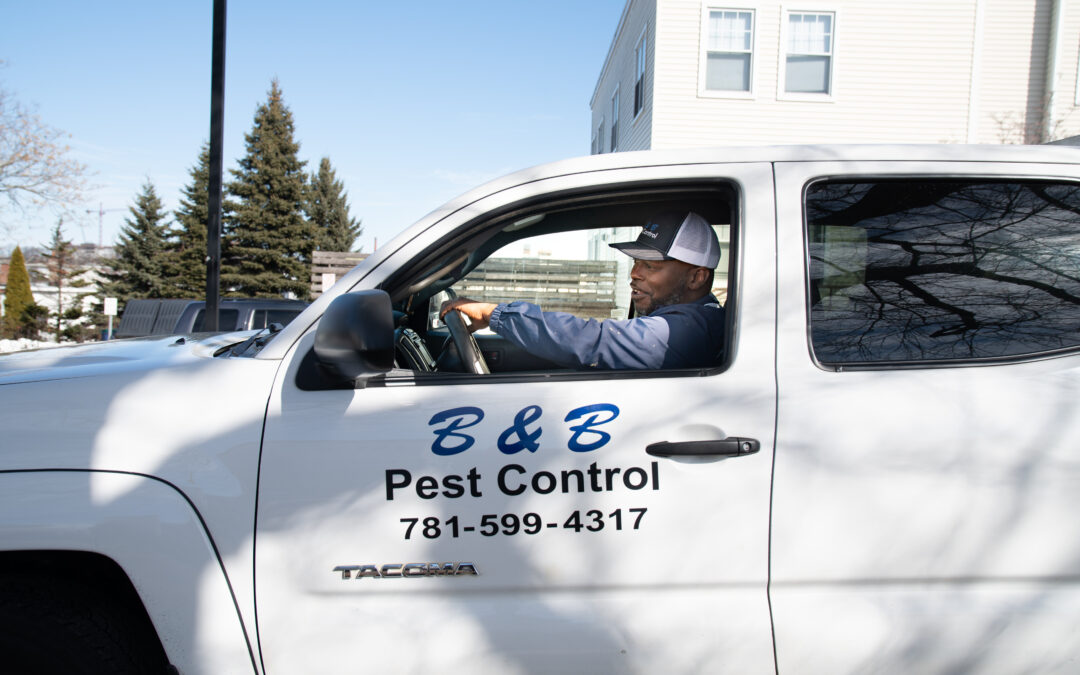Poisons have been a fundamental rat control method for many years, and before the 1940s, poisons were developed from heavy metals such as arsenic and thallium, or they were using strychnine and red quill. Most of those chemicals are no longer in use, because they have been supplanted by anticoagulants in the 40s and 50s. In this article, we’re going to take a look at the various rodenticides currently on the market, their effectiveness and the threats that they pose when used.
The two main classes of rodenticides currently in use
There are numerous rodenticides currently in use, but they can be split into three main classes. We’ve already mentioned the first class and they are the anticoagulants. These rodenticides have been through two generations, with the first generation being composed of Chlorophacinone, Diphacinone and Warfarin. The second generation of rodenticides is much more potent than the first, and rats will ingest a lethal dose in a single feeding. In this generation, you have Brodifacoum, Bromadiolone, Difethialone and Difenacoum. According to EPA studies, first generation anticoagulants are less hazardous and less of a threat to predatory wildlife which might eat a toxic live or dead poisoned rat.
You then have the second class of rodenticides known as non-anticoagulants. These include Bromethalin, Cholecalciferol, and Zinc Phosphide. Bromethalin is a neurotoxicant, which is very toxic, while Cholecalciferol is a biologically active form of vitamin D and it is completely non-toxic in small amounts. However, one large dose can be lethal. The advantage of some of the rodenticides in this class is that they are very poisonous to rats, but not very poisonous to birds and mammals, and there is a very low risk of secondary poisoning.
Hazards of using rodenticides to deal with rats
The main hazards of using rodenticides to deal with rats are the potential poisoning of unintended targets, such as other animals or even people, and the risk of secondary poisoning when an animal eats the live or dead poisoned rat. These risks can be minimized by picking the right rodenticide for the job. When speaking to a pest control professional, make sure you discuss these risks and understand the instructions that need to be followed in order for the rodenticides to be used safely. For more information about the various rodenticides out there, or if you have a rat infestation that needs to be removed, contact us today.

